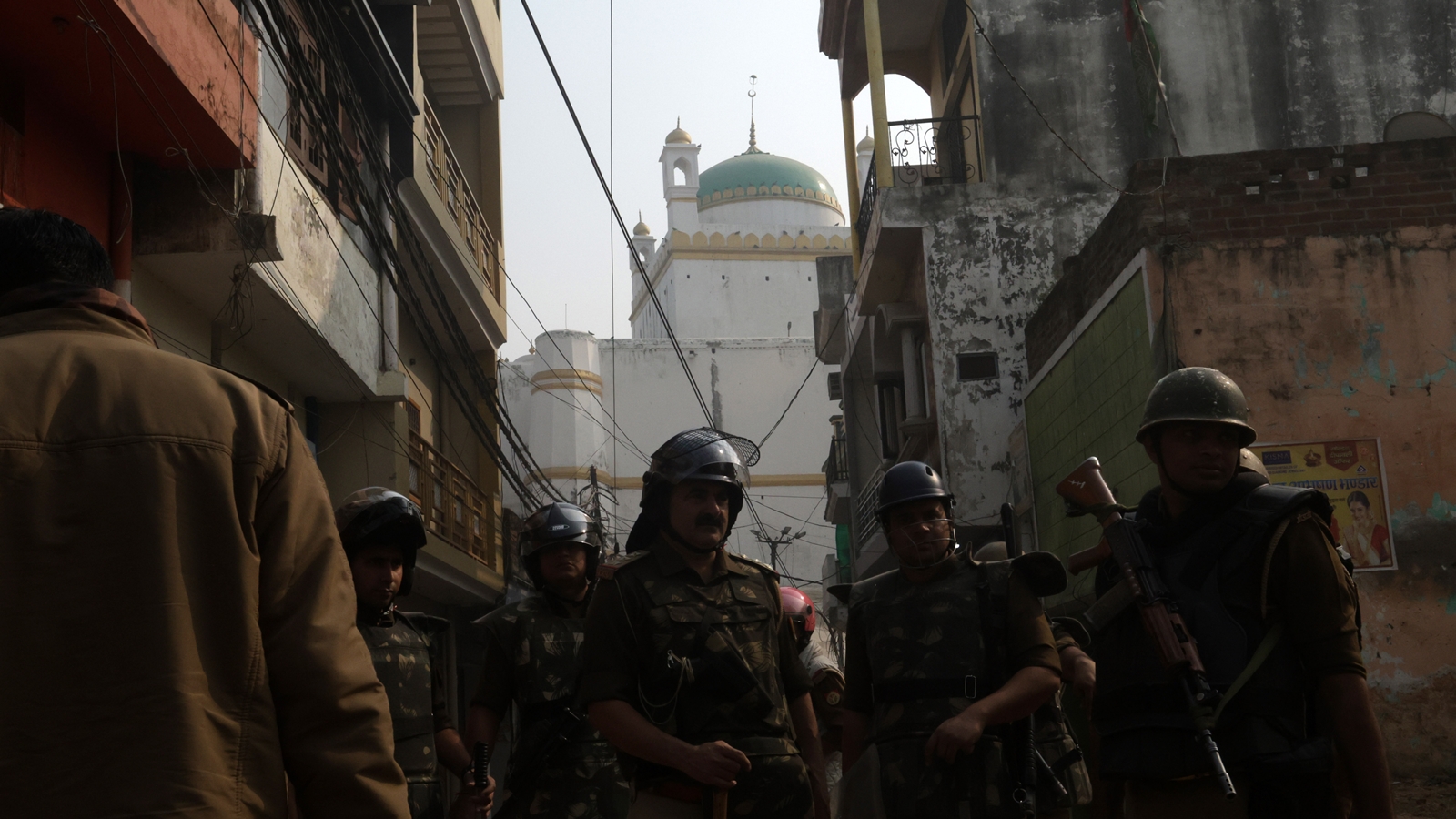 |
|
The recent violence in Sambhal, Uttar Pradesh, which erupted on November 24th following a court-ordered survey of the Shahi Jama Masjid, has left four people dead and several policemen injured. The incident, marked by widespread rioting, stone-pelting, and gunfire, has prompted a swift and decisive response from the Uttar Pradesh Police. The scale of the violence, the number of casualties, and the potential for further unrest necessitate a thorough investigation and robust measures to prevent future incidents. The police’s decision to publicly identify and display photographs of suspected perpetrators is a controversial tactic, raising important questions about due process, the potential for misidentification, and the overall effectiveness of such a public shaming strategy. While the police aim to deter further violence and bring those responsible to justice, the long-term consequences and potential for escalation need careful consideration.
The use of drone footage and CCTV recordings is a significant development in the investigation. This technological approach to evidence gathering allows for a more comprehensive and objective analysis of the events than relying solely on eyewitness accounts, often subject to bias or inaccuracies. However, the accuracy and reliability of the video footage must be rigorously verified. Factors like camera angles, lighting conditions, and potential for manipulation or tampering need to be meticulously examined before any conclusions are drawn. The involvement of cyber cell sleuths underscores the complex nature of the investigation, highlighting the need to identify and prosecute those who orchestrated or incited the violence, beyond those directly involved in the physical acts of aggression. This multi-pronged approach, combining technological advancements with traditional investigative methods, aims to paint a comprehensive picture of the events.
Superintendent of Police (SP) Krishna Kumar Bishnoi's statement emphasizes the police's commitment to pursuing justice while assuring that innocent individuals will not be targeted. This statement is crucial in maintaining public trust and ensuring the legitimacy of the investigation. However, the potential for misidentification and the implications of publicly shaming individuals remain significant concerns. While the posters may serve as a deterrent, they could also contribute to the escalation of tensions and potentially incite further unrest. The police's reliance on community assistance in identifying and apprehending suspects is a double-edged sword. While it can potentially enhance the effectiveness of the investigation, it also raises concerns about potential biases and the risk of vigilante justice. It is imperative that the police carefully vet any information received from the public to avoid miscarriages of justice.
The aftermath of the Sambhal violence presents a complex challenge for the Uttar Pradesh government and law enforcement agencies. Balancing the need for swift justice with the principles of due process and the preservation of public order is a delicate act. The use of posters displaying photographs of suspected protesters is a tactic that carries significant risks and potential downsides. The long-term impact of this strategy on community relations and the potential for further escalation must be carefully weighed against its short-term benefits. Transparent and impartial investigations, coupled with community engagement and restorative justice initiatives, are critical for healing the community and preventing future outbreaks of violence. The events in Sambhal serve as a stark reminder of the importance of addressing the root causes of societal unrest and promoting inclusive dialogue to resolve conflict peacefully.
The incident raises fundamental questions regarding the management of sensitive religious issues and the role of law enforcement in maintaining peace and order during potentially volatile situations. The court-ordered survey of the Shahi Jama Masjid clearly acted as a flashpoint for existing tensions, highlighting the need for careful consideration of the potential impact of legal processes on sensitive communities. This incident underscores the urgent need for effective communication strategies to manage public expectations and minimize the potential for escalation during periods of heightened social tension. Furthermore, proactive measures to prevent future conflicts, such as community engagement initiatives and dialogue-based conflict resolution strategies, are vital to maintaining social harmony and preventing similar incidents from occurring.
Source: Sambhal violence: UP Police to put up posters with photos of protesters
